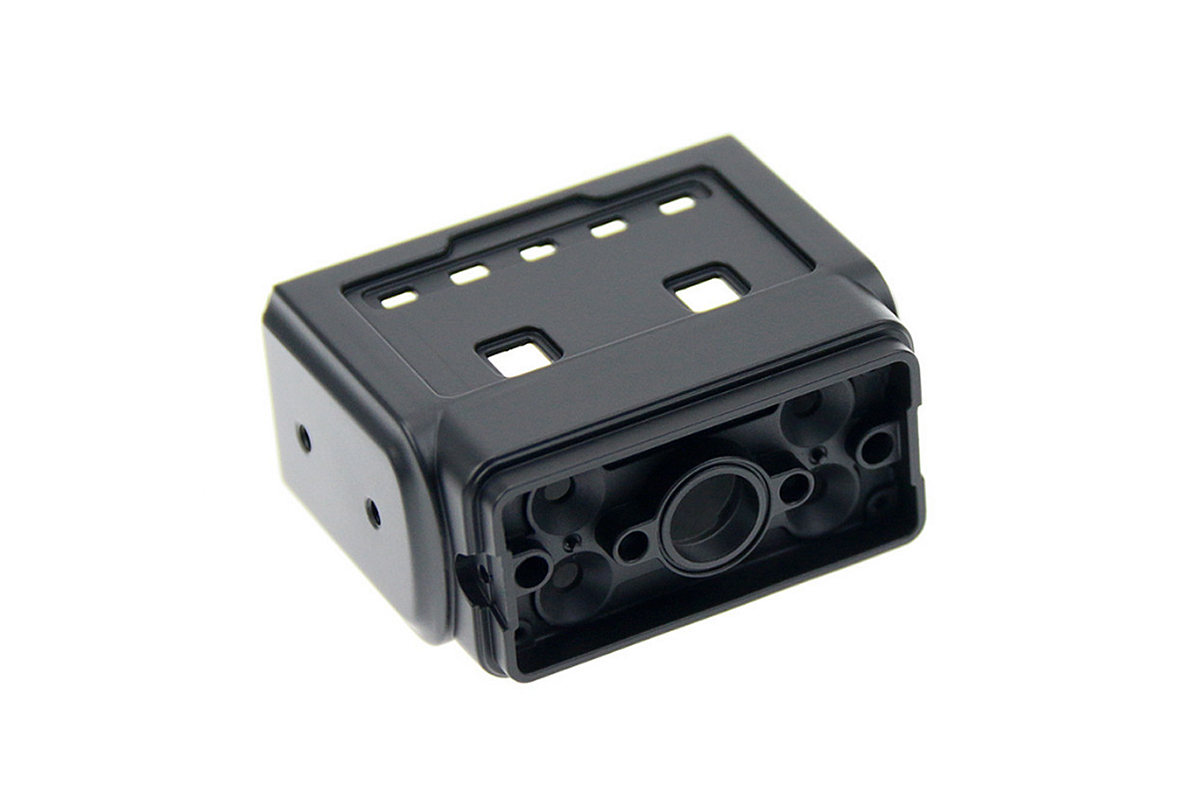UAV Parts Manufacturer: Customized Die-casting Drone Camera Frame
Brief Glimpse into UAV Manufacturing Processes
Uncrewed Aerial Vehicles (UAVs) have revolutionized industries ranging from surveillance to agriculture, relying on cutting-edge manufacturing processes to bring these innovative technologies to life. In UAV manufacturing, diverse hardware production techniques, such as magnesium alloy and aluminum alloy die-casting, Metal Injection Molding (MIM), and plastic injection molding, play pivotal roles in shaping the future of aerial technology.
To the intricacies of UAV manufacturing, It's crucial to delve into the hardware production methods that lay the foundation. Processes like magnesium and aluminum alloy die-casting create lightweight and robust components, ensuring the UAV's optimal performance. Additionally, utilizing advanced techniques like Metal Injection Molding and injection molding adds versatility to the manufacturing toolkit, allowing for the creation of intricate parts with high precision.
As UAVs evolve, customized die-casting parts emerge as a linchpin in enhancing their overall efficiency and functionality. This article explores the significance of customized die-casting in UAV manufacturing, focusing on its application in crafting drone camera frames.
Die Casting in UAV Parts Manufacturing
In the dynamic landscape of UAV parts manufacturing, the spotlight often falls on die casting. This precision casting method plays a pivotal role in shaping the structural backbone of Unmanned Aerial Vehicles. Let's embark on a journey to understand the intricacies of die casting and its profound impact on crafting components with unparalleled precision.
Precision Unleashed: The Essence of Die Casting
Die casting is a refined process in which molten metal is injected into a meticulously crafted mold under high pressure. This method's precision is unparalleled, allowing for the creation of intricate and complex UAV components with exceptional accuracy. As UAVs demand parts with tight tolerances and intricate geometries, die casting is a go-to solution, ensuring each component meets exacting specifications.
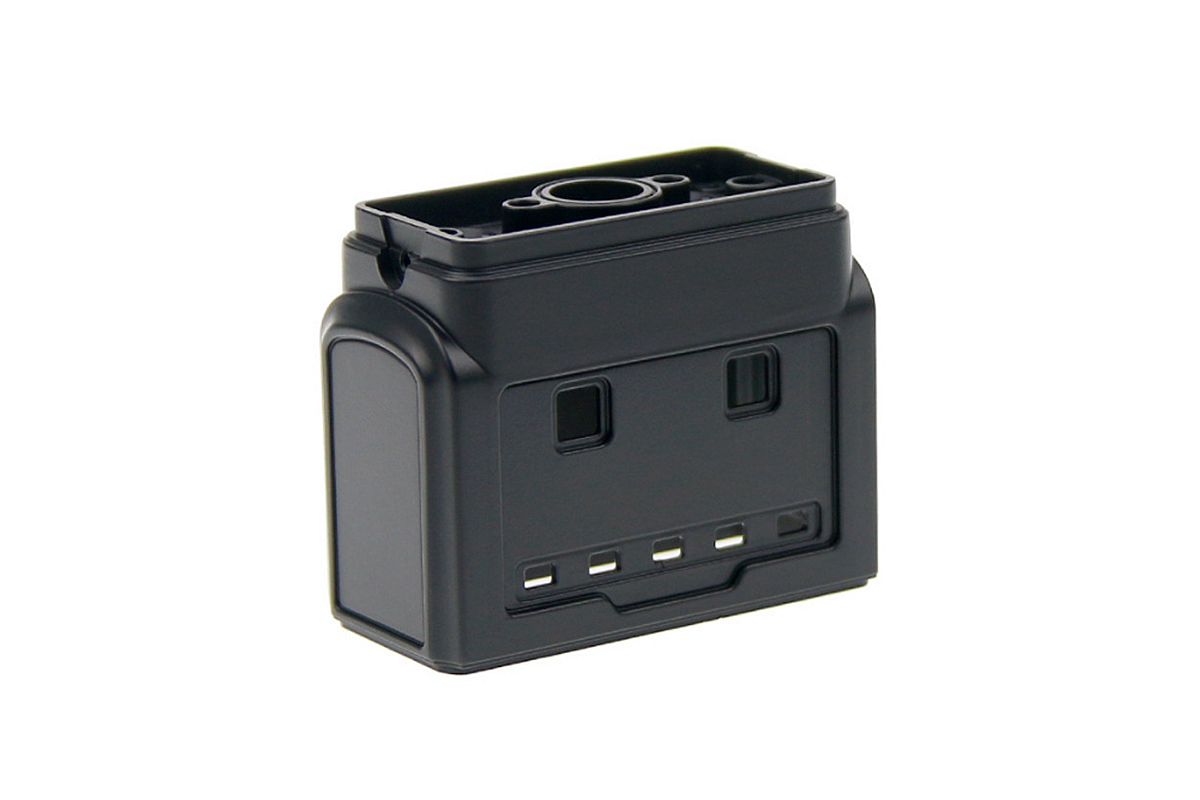
Advantages Galore: Why Die Casting for UAV Components?
Die casting boasts several advantages, making it the method for UAV parts manufacturing. Let's unravel these benefits, shedding light on why die casting is the cornerstone of precision in this ever-evolving industry.
High Precision and Tight Tolerances (e.g., tolerances within ±0.02mm): In the realm of UAVs, where precision is paramount, die casting shines. The method allows tolerances as tight as ±0.02mm, ensuring that each part fits seamlessly into the UAV's intricate design.
Efficient Production with Reduced Material Waste: Die casting is inherently efficient, minimizing material waste during production. The high-pressure injection of molten metal into the mold ensures that each cavity is filled, reducing the need for excess material and optimizing the production process.
Enhanced Structural Integrity of Parts: UAVs navigate challenging environments, requiring components with robust structural integrity. Die casting produces parts with excellent strength-to-weight ratios, contributing to UAVs' overall durability and reliability in various operational scenarios.
Customization in Drone Camera Frame Production
As the skies become a canvas for Unmanned Aerial Vehicles (UAVs), the importance of tailored components, especially in drone camera frames, takes center stage. In this segment, we delve into the significance of customized drone camera frames in UAV design and explore the intricate design considerations that go into their production.
Importance of Tailored Drone Camera Frames in UAV Design
UAVs are deployed for various applications, from surveillance to cinematography, each with unique demands on the drone's performance. Amidst these varied applications, the drone camera frame emerges as a critical element, influencing weight, stability, and overall functionality. Customization becomes vital in addressing these diverse needs and elevating the UAV's operational capabilities.
Design Considerations of Custom Drone Camera Frames
Material Selection (e.g., Lightweight Aluminum Alloy, Magnesium Alloy): The material choice for drone camera frames holds profound implications for the UAV's performance. Lightweight materials, such as Cast Aluminum and Magnesium Alloy, strike a delicate balance between structural integrity and weight considerations. The drone camera frame's material affects the UAV's weight, maneuverability, and endurance.
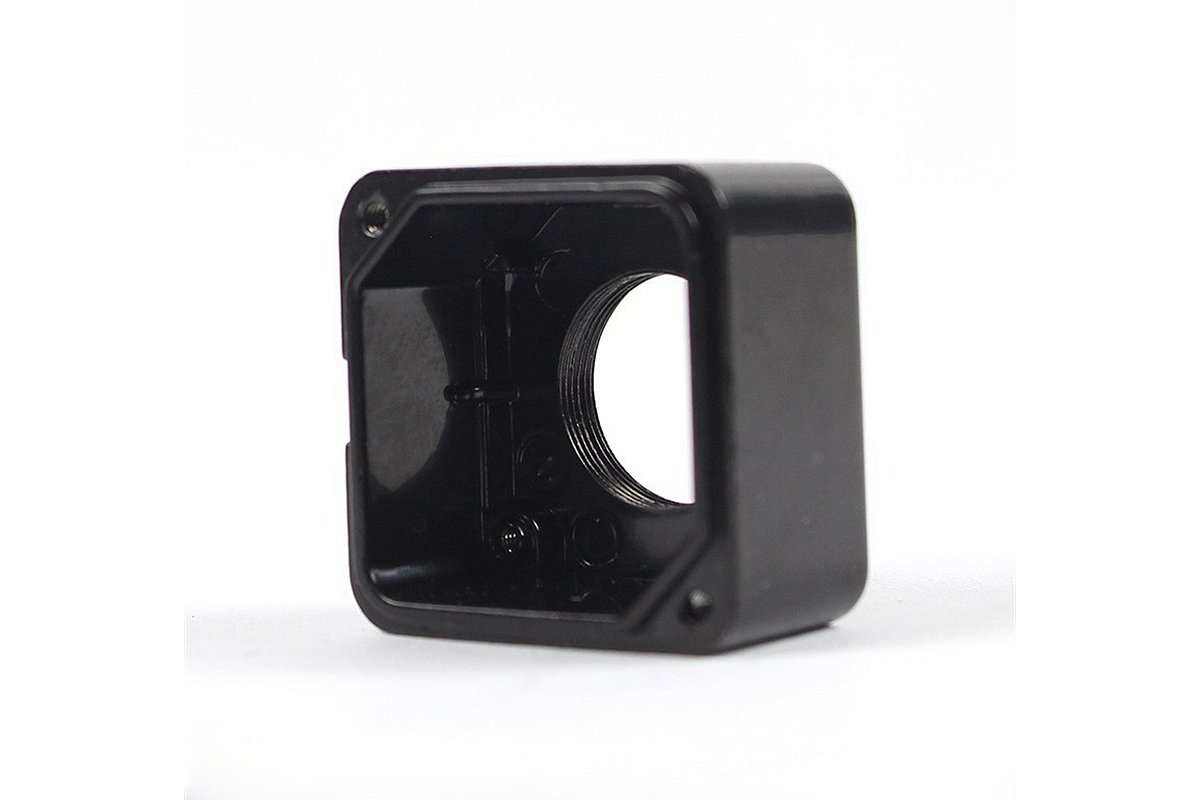
Design Flexibility for Complex Shapes and Structures: Customization in drone camera frame production goes beyond material selection. It extends to the design flexibility that die casting affords, allowing for creating complex shapes and intricate structures. This flexibility is crucial for adapting the drone camera frame to specific aerodynamic and functional requirements, ensuring optimal performance in diverse scenarios.
Consistency in Production for Large-Scale UAV Manufacturing: Customization doesn't equate to inefficiency, especially with die casting in the manufacturing arsenal. The ability to reproduce customized drone camera frames precisely and consistently is vital, particularly for large-scale UAV production. Die casting facilitates the seamless replication of intricate designs, maintaining uniformity across a fleet of UAVs.
Specific Features of Die-Cast Camera Frames
In the intricate realm of Unmanned Aerial Vehicles (UAVs), the die-cast camera frame emerges as a linchpin, dictating the UAV's performance, agility, and overall functionality. Let's dissect the specific features that make die-cast camera frames indispensable in UAV design, focusing on material selection, design flexibility, and production consistency.
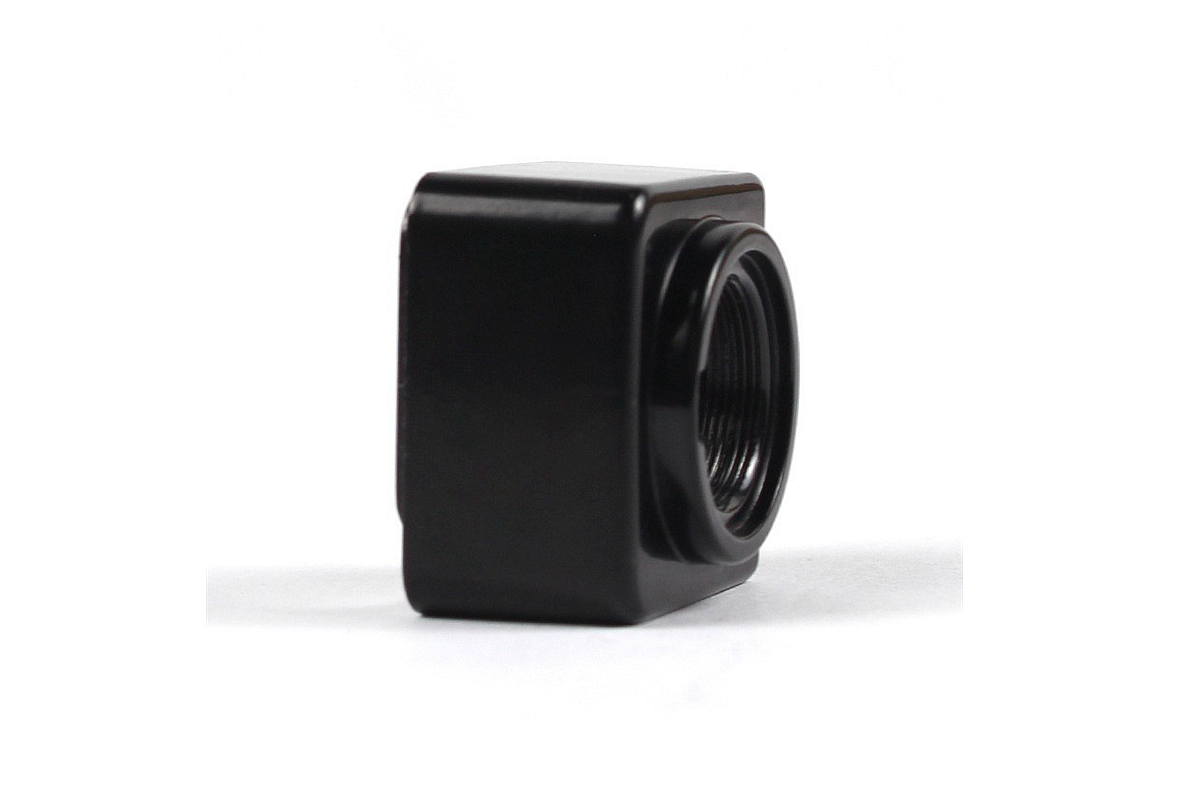
Material Selection (e.g., Lightweight Aluminum Alloy, Magnesium Alloy): At the heart of every die-cast camera frame lies a strategic choice of materials. This decision ripples through the UAV's capabilities. Opting for lightweight materials like aluminum and magnesium alloy is a testament to the commitment to precision and performance. These materials strike a delicate balance, ensuring structural integrity while keeping the overall weight of the UAV in check. The result? Enhanced maneuverability, prolonged flight times, and a versatile platform for diverse UAV applications.
Design Flexibility for Complex Shapes and Structures: Die casting, as a manufacturing process, unlocks a realm of design flexibility crucial for adapting to the evolving needs of UAV technology. The intricate and complex shapes achievable through die casting enable the creation of aerodynamically optimized drone camera frames. Whether accommodating advanced sensors, ensuring optimal weight distribution, or enhancing the UAV's overall aesthetics, die-cast camera frames provide the canvas for innovative design solutions. This flexibility is paramount in tailoring UAVs for surveillance to cinematography.
Consis, for specific application in Production for Large-Scale UAV Manufacturing: Scaling up UAV production introduces challenges of maintaining uniformity across multiple units. Die casting stands as a beacon of consistency in large-scale manufacturing, ensuring that each die-cast camera frame mirrors the precision of its counterparts. The process's repeatability and stringent quality control measures guarantee that every UAV benefits from the same level of craftsmanship. This uniformity is a testament to the reliability and performance consistency expected in the rapidly expanding landscape of UAV technology.
Design and Manufacturing of Die-Casting Molds for UAV Parts
Critical Points of Mold Design:
Efficient mold design is the cornerstone of a successful die-casting process. Achieving intricate geometries and precise dimensions requires a thoughtful approach. Incorporating elements like runner systems, gates, and vents strategically enhances the mold's functionality.
Selection of Mold Material:
The choice of die-casting mold material significantly influences the die-casting process. High-quality tool steels, such as H13 or P20, are commonly preferred for their durability and thermal conductivity. This selection directly impacts the mold's lifespan and, subsequently, the overall production efficiency.
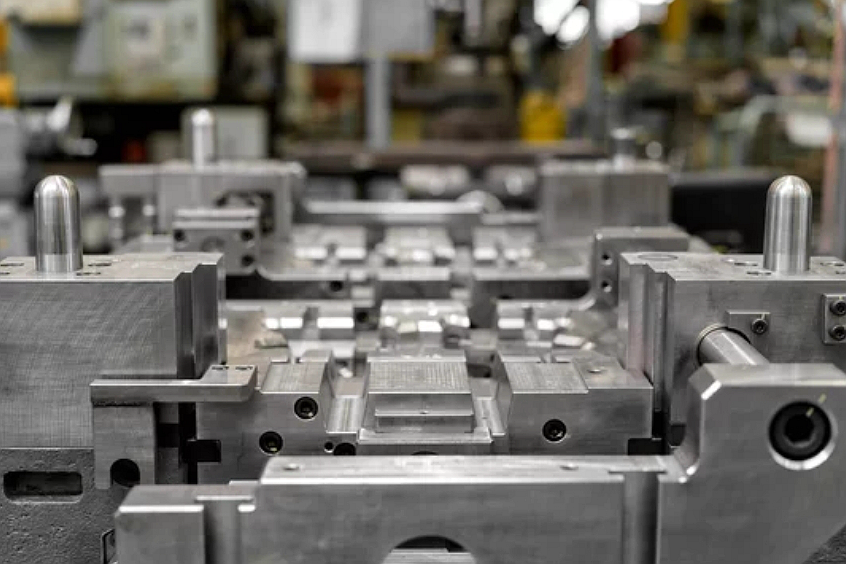
The Relationship Between Mold Manufacturing and Product Accuracy:
A symbiotic relationship exists between mold manufacturing and the final product's accuracy. Precision in mold creation directly translates to the consistency and quality of each cast part. Tight tolerances, often reaching +/- 0.01, can be achieved through meticulous mold design and manufacturing.
The mold's accuracy directly contributes to the drone camera frame's structural integrity and functionality in die-casting UAV components. As a custom parts manufacturer, Neway ensures that every mold is crafted precisely, setting the foundation for an impeccable production process.
Molten Metal Injection into the Mold
At the heart of the die-casting process is injecting molten metal into meticulously crafted molds. The mold, a product of thoughtful design and precise manufacturing, plays a central role in determining the accuracy and intricacy of the UAV parts. Critical points in mold design involve considerations for optimal material flow, cooling channels, and part ejection mechanisms.
Ensuring Precision:
To achieve unparalleled accuracy (+/-0.01), the design must carefully account for factors such as the gate location, which dictates where molten metal enters the mold, and the runner system that facilitates smooth material flow. These elements impact the structural integrity and influence the final surface finish of the product.
Material Matters:
The selection of mold material is a critical decision that directly affects the durability and longevity of the mold. High-quality materials with excellent thermal conductivity, such as H13 tool steel, are often chosen to withstand the extreme conditions of repeated molten metal injections and rapid cooling cycles.
Cooling and Ejecting
Once the molten metal has taken the shape of the mold, the cooling and ejecting phase comes into play. Efficient cooling is essential to ensure uniform solidification and prevent defects in the final product. The cooling process is carefully controlled to balance speed and quality.
Controlled Solidification:
The molten metal solidifies during cooling, and the drone camera frame begins to take shape. The cooling rate is a critical parameter impacting the material's microstructure. Precise control is exercised to avoid issues like shrinkage, warping, or porosity, ensuring the part meets stringent quality standards.
Swift Ejection:
Once the cooling phase is complete, the newly formed part is ejected from the mold. The design of the ejection system is as crucial as the mold itself, influencing the efficiency of the production process. Properly designed ejector pins and mechanisms ensure the part's smooth and timely release without causing damage.
Once the mold is filled, the cooling and solidification process begins. This phase is crucial in determining the structural integrity of the drone camera frame. Rapid and controlled cooling prevents internal defects and ensures uniform material properties throughout the component.
In the intricate world of custom part manufacturing, producing drone camera frames using die-casting is a testament to precision engineering. The process involves several crucial steps, and in this segment, we delve into the removal of excess material and the subsequent post-processing, shedding light on the meticulous craftsmanship behind creating these essential components.
Removal of Excess Material
Die-casting initiates with the injection of molten metal into a carefully crafted mold, giving birth to the foundational structure of the drone camera frame. However, this raw form often carries excess material in nozzles and sharp edges. Addressing this is a critical step to ensure the final product meets the highest quality and functionality standards.
Nozzle Removal:
The first task in refining the die-casted frame involves the removal of nozzles. These protruding elements, remnants of the injection process, are meticulously trimmed. It enhances the frame's aesthetics and eliminates potential weak points in the structure.
Sharp Edge Elimination:
Precision is paramount in drone camera frames, and sharp edges are not in their design. Skilled technicians employ cutting-edge tools to smooth out any edges, guaranteeing a flawless finish. This step is essential not only for visual appeal but also for safety considerations.
Post-Processing Excellence:
Once the excess material is addressed, the drone camera frame undergoes a transformative post-processing phase, elevating it to a level of accuracy and complexity that defines modern manufacturing standards.
CNC Machining Marvels:
Utilizing Computer Numerical Control (CNC) machining is a pivotal post-processing aspect. This method allows for the removal of excess die-casting allowance with unparalleled precision. Achieving tolerances as low as +/-0.01, CNC machining refines the frame to exact specifications, ensuring a seamless fit for all components.
Complexity Unleashed:
Beyond mere precision, CNC machining enables the creation of more complex structures. This flexibility in design is a testament to the advanced capabilities of modern manufacturing. The drone camera frame evolves from a basic form to a sophisticated piece of engineering, ready to meet the demands of cutting-edge technology.
Drilling and Threading Mastery:
In the realm of drone camera frames, functionality is paramount. Post-processing involves intricate tasks such as drilling and threading, which are essential for assembling various components. The precision achieved through CNC machining extends to these operations, guaranteeing compatibility and reliability.
In conclusion, the meticulous removal of excess material and the subsequent post-processing of die-casted drone camera frames showcase the marriage of traditional craftsmanship and modern technology. The journey from raw cast to refined product is a testament to the unwavering commitment to excellence in custom part manufacturing. Stay tuned as we continue to unravel the fascinating world of precision engineering in the subsequent segments of our exploration.
Surface Finishing of Die Castings
Surface finishing is a critical aspect of the production process, which is pivotal in enhancing custom parts' aesthetic appeal, durability, and functionality. The surface finishing step in the die-casting drone camera frames adds the final touch, transforming raw components into polished, high-quality products.
Polishing: Precision Craftsmanship for Visual and Tactile Excellence
Polishing is an art requiring precision craftsmanship to achieve visual and tactile excellence. In the context of die-cast drone camera frames, polishing involves using abrasives to refine the surface meticulously. It removes imperfections introduced during the casting process, resulting in a mirror-like finish. The smoothness achieved through polishing not only pleases the eye but also enhances the tactile experience, conveying a sense of quality to the end user.
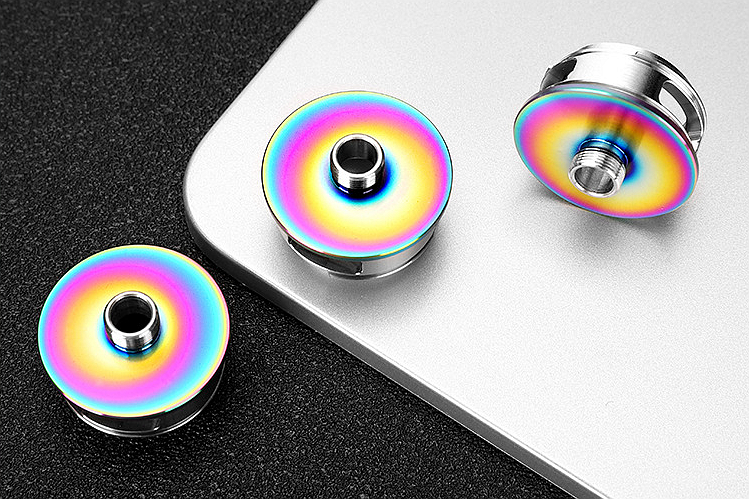
Sandblasting: Striking the Right Balance Between Texture and Uniformity
Sandblasting adds a layer of complexity to surface finishing, striking the delicate balance between creating a desirable texture and maintaining uniformity. This technique employs high-speed particles propelled onto the surface, effectively smoothing out imperfections while introducing a controlled texture. This texturing can serve aesthetic purposes for drone camera frames, contributing to the product's unique design and functional purposes, providing improved grip, or reducing glare.
Anodizing: Beyond Aesthetics - Corrosion Resistance and Color Customization
Anodizing is not merely about enhancing aesthetics; it's a comprehensive process that significantly improves the functional aspects of die-cast drone camera frames. Anodizing enhances corrosion resistance by forming a protective oxide layer on the surface through an electrochemical process. Furthermore, this process opens up avenues for color customization, allowing manufacturers to tailor the appearance of the frames according to market trends and customer preferences.
PVD (Physical Vapor Deposition): The Science of Durability and Color Variety
PVD (Physical Vapor Deposition) takes surface finishing to a scientific level, utilizing a vacuum to deposit a thin film onto the frames. This thin film not only boosts the hardness of the frames but also offers an extensive range of color options. PVD provides unmatched durability for drone camera frames that endure harsh environmental conditions, ensuring longevity and sustained performance in demanding applications.
Powder Coating: Versatile Protection and Design Freedom
With its versatility and protective qualities, powder coating is a surface finishing technique that meets both functional and design requirements. The dry powder application, followed by curing, produces a robust protective layer. This layer shields the frames from corrosion, chemicals, and UV rays. Additionally, the powder coating process allows manufacturers to explore a broad spectrum of colors, enabling them to align the appearance of the frames with evolving market trends and consumer preferences.
Painting: Precision in Color Application for Branding Impact
Painting is not a mere afterthought; it's a precise process beyond adding color to the frames. For drone camera frames, painting is an opportunity to establish brand identity and convey a sense of quality. Precision in color application ensures a flawless finish, contributing to the overall branding strategy. Manufacturers carefully select colors to align with market trends, customer preferences, and the unique identity they wish to impart to their products.
In conclusion, surface finishing is a multifaceted aspect of die-casting drone camera frames, blending aesthetics with functionality. From polishing for a smooth appearance to PVD for unmatched durability, each technique contributes to the product's overall success. In their pursuit of excellence, manufacturers carefully choose the surface finishing method that aligns with the application's specific requirements, ensuring that every drone camera frame meets and exceeds expectations in the competitive market.
Quality Assurance and Testing For Drone Camera Frames
In die-casting, ensuring the highest quality is paramount to manufacturing durable and reliable products. Neway employs rigorous quality control measures to guarantee precision and performance. Die casting involves molten metal injection into molds, and any defects can compromise the structural integrity of the final product. Here's an overview of the quality control measures:
Process Optimization:
Neway fine-tunes die-casting parameters to achieve optimal results, considering temperature, pressure, and injection speed.
The process is meticulously monitored to minimize variations and ensure consistent quality across production runs.
Material Inspection:
Raw materials undergo thorough scrutiny for composition and quality before the die-casting process begins.
Alloy composition is precisely controlled to meet industry specifications, enhancing the structural integrity of the drone camera frames.
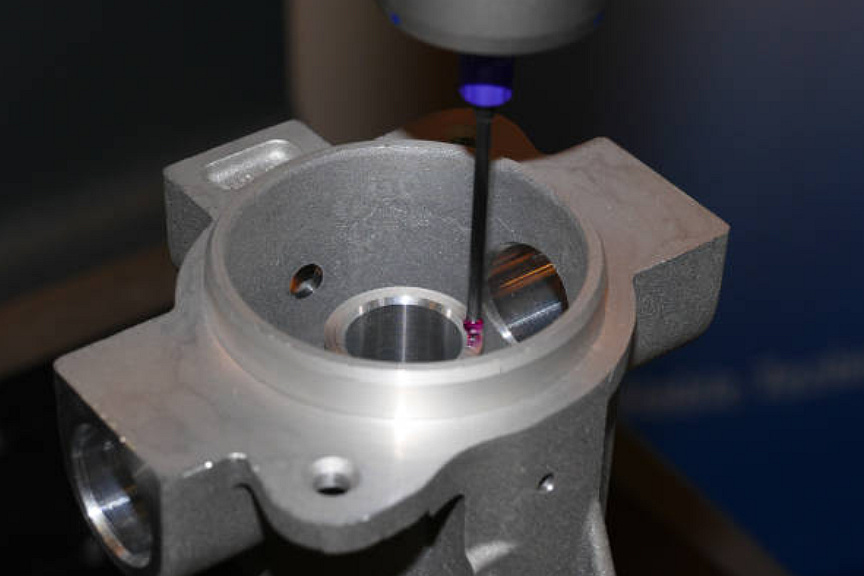
In-Process Monitoring:
Continuous monitoring during die-casting helps detect anomalies promptly, ensuring deviations from the desired specifications are addressed in real time.
Dimensional Accuracy:
Advanced metrology tools verify dimensional accuracy, focusing on critical parameters such as length, width, and thickness.
Tolerance levels are strictly adhered to, guaranteeing the components meet design specifications.
Testing Methods for Drone Camera Frames:
Non-Destructive Testing (e.g., X-ray Inspection):
Neway employs state-of-the-art X-ray inspection techniques to identify internal defects without compromising the structural integrity of the drone camera frames.
This non-destructive method identifies even minuscule imperfections, maintaining the highest quality standards.
Stress and Load Testing for Durability:
Drone camera frames are subjected to rigorous stress and load testing to simulate real-world conditions.
Frames undergo cyclic loading to assess their durability, with specific parameters adhering to industry standards, such as ASTM E8 for metallic materials.
Tolerance Verification to Ensure Precision:
Precision is paramount in drone camera frame manufacturing, and Neway employs advanced measurement tools to verify tolerances.
Tolerance checks are conducted with a precision of ±0.01mm, ensuring that each frame meets the specifications outlined in the design.
In conclusion, Neway's commitment to excellence in die-casting and meticulous testing methods guarantees the production of drone camera frames that meet and exceed industry expectations for quality and reliability.
